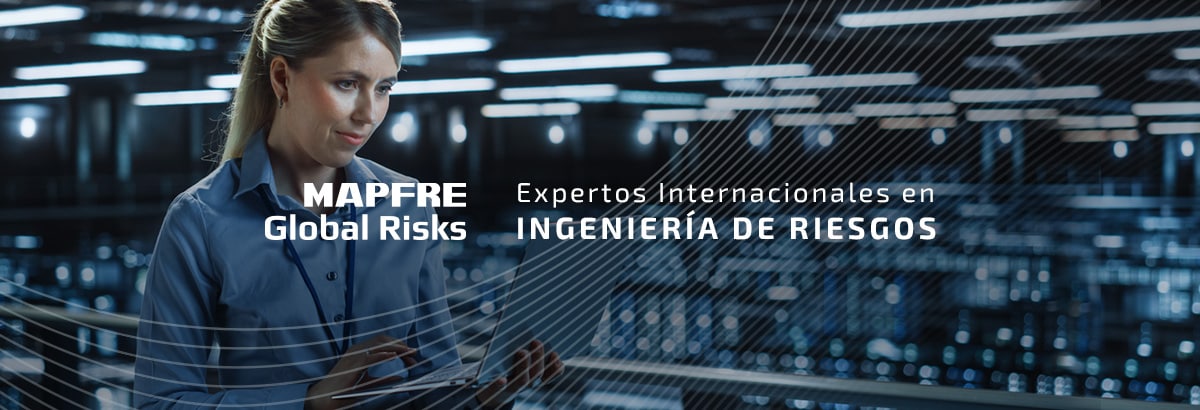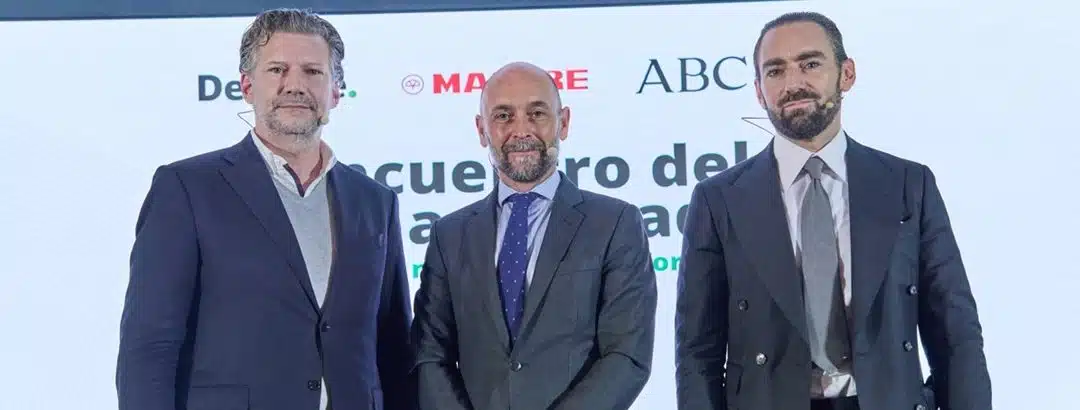Gonzalo Sanz Segovia | 10/06/2025
From the moment man managed to ignite a spark without burning himself, the history of engineering is full of inventions. We managed to avoid long distances and transport goods with the help of the wheel. Before we realized it, we were building majestic pyramids. At the beginning of the 17th century, gigantic windmills caused the odd gentleman to lose his senses in the depths of the Castilla-La Mancha region of Spain.
Later on, the rise of printing brought with it knowledge, filling the pages of millions and millions of books. The Industrial Revolution brought saw the introduction of the steam machine, and the arrival of the telegraph transformed how we communicated around the world.
The 20th century ushered in another revolution. In a little over a hundred years, we went from soaring into the air with the Wright brothers to planting our feet on the Moon with Apollo 11. Now, in the 21st century, the challenge we face, not just as engineers, but as a society, is to learn how to live together in an overwhelming digital format that houses all the data we generate and will continue to generate throughout our history.
In the process of learning to address, take advantage of and optimize all available data, generative artificial intelligence has become a key element. Our work environment has evolved significantly over the years. In a short time, we’ve gone from a traditional and analog system to a hybrid model, thanks to the incorporation of the digital format. However, it’s now, with Generative AI, when we face the real revolution. We stand at the door of a completely different model that is enabling us to immerse ourselves in a new dimension of work.
In this context, there is a general tendency to react negatively to the possible adverse consequences of the use of the Generative AI, aiming to limit it instead of adopting a proactive policy that helps it grow. However, the reality is that the multiple advantages that this technology can offer us dissipate the fears that always accompany the unknown. The challenge we face today, in a workplace like ours, is to identify exactly where to deploy this tool in order to improve, change or even reinvent work habits.
As risk engineers, we need to be aware of the different risks that may threaten the technical and economic viability of any company. Identifying an exposure requires detailed knowledge of the organization, the market in it operates in, current legal, social, political and cultural aspects, as well as understanding the strategic objectives of each company in our portfolio, current and future, so as to better understand the threats and opportunities.
The risk estimate may be quantitative, semiquantitative or qualitative in terms of the probability of occurrence and the possible consequences. The result obtained from the risk analysis process allows us to develop a profile that provides a detailed rating for each evaluated asset in terms of continent, processes, management, emergencies and contingencies. From this we get an assessment of the different coverages that we can insure – property damage, machinery breakdown, loss of profits, third-party liability, etc. When assessing the consequences and probability of each of the risks identified, we can prioritize those key risks that require a more detailed analysis. Can generative AI help us in this risk identification process? Yes, without a doubt.
Generative AI can help us analyze all the data we’ve accumulated over the years and can help us produce a broader sample of all the assets we insure.
Our ability as risk engineers to assess the information provided by AI boosts the value we add to our company because we have more time to dedicate to other more complex analyzes where generative AI can’t add value. With a greater sample of assets analyzed at our disposal, we can more accurately prioritize those risks we really need to focus on, thereby anticipating the possible specific losses that these assets may suffer due to natural risks, fires and/or equipment failures. This prediction means we can maximize value for policyholders by better understanding risk, loss and prevention, using client information related to their property and goods and the way in which their assets are built, designed and protected.
Of course, we shouldn’t forget that AI is fed by data, so we need to continue expanding the data library we use and continue to train models to allow this tool to continue growing and developing.
We still have a long way to go with generative AI. What is clear now is that we live in a society where data are plentiful, but we face operational limitations in terms of being able to analyze all the data we generate. Not to make the most of the virtues offered by generative AI would be like sailing under motor on a sailboat with the sails raised and a tailwind at our backs, not taking advantage of something that’s definitely here to stay. In today’s world, staying ahead of the pack means riding the crest of the wave.
Author of the text:

Nuria Gil is part of the Services Engineering team at MAPFRE Global Risks. She is a chemical engineer with seven years of experience in the protection sector, the last four of which she has spent working in insurance.





